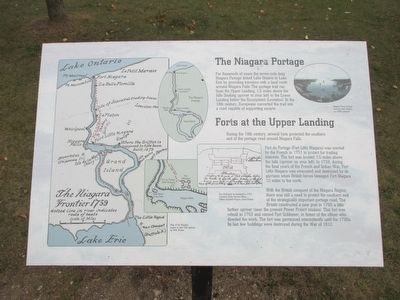Welcome to the Dickeyville Historic District, a charming enclave in Maryland that offers a window into America’s industrial past. Established in the early 19th century, Dickeyville began as a mill community, harnessing the power of the Gwynns Falls to drive its textile mills. This district stands as a testament to the rise of American industry and the communities that sprang up to support it.
The village was named after the Dickey family, who were prominent figures in its development. James Dickey, in particular, played a crucial role in expanding the mill operations here in the 1820s. Under his leadership, the mills flourished, producing cotton textiles that were shipped to markets far and wide.
As the 19th century progressed, Dickeyville grew with houses, a church, and a school to support the families of mill workers. These buildings were constructed in the Federal style, reflecting the architectural tastes of the time. Walking through Dickeyville today, you can still see many of these structures, lovingly preserved to maintain their historical integrity.
In the broader context of American history, Dickeyville represents the transformation from agrarian to industrial economies that occurred throughout the 19th century. This village is a microcosm of how small communities adapted to and thrived in the new industrial age.
One notable figure associated with Dickeyville is George Washington Dobbin, who owned the mill complex in the mid-19th century. His management further expanded the business and integrated it more deeply into the regional economy.
Today, Dickeyville is a residential community, but its historical roots are evident in every corner. The preservation efforts have ensured that the district remains a vibrant snapshot of the past, telling the story of America’s industrial growth through its well-kept streets and historic buildings.


